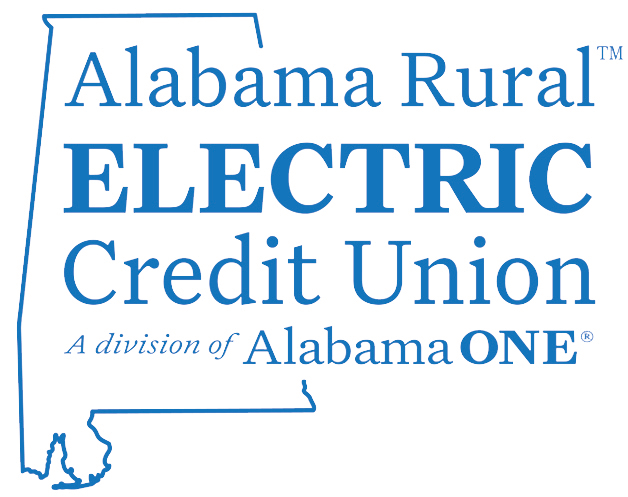Over the years, I’ve heard concerned whisperings of the word holistic and its perceived meanings. Because the meaning and origin of the word may not be commonly known and sounds related to the word holy, many people may misunderstand holistic as being tied to New Age spirituality or non-Christian beliefs, leading them to be wary of those who use the term.
However, holistic itself simply means addressing the whole person — body, mind, and spirit — which actually aligns with many religious teachings.
The word comes from the philosopher Jan Christian Smuts, who in 1920 coined the term Holism from the Greek word holos, meaning “whole” and referring to the idea that the tendency of nature is to form wholes, or organisms and systems from the ordered grouping of single units. The term caught on, and the medical community then used it to refer to the different organs in the body and how they relate to each other.
The term wholistic emerged as a variant of holistic around the 1930s, most likely to avoid confusion. While the word is recognized and listed in dictionaries, holistic remains the preferred and more commonly used spelling, especially in academic and medical contexts. Some people also mistakenly believe holistic means rejecting conventional science or medicine in favor of natural remedies, but a true holistic approach combines the best available knowledge from all relevant sources including environmental factors and mental well-being. Happy and healthy go together!

So how does that relate to you and your pets?
Both pet and human bodies have 11 intricate major body systems that work together. The integumentary (skin) system, skeletal system, muscular system, nervous system, endocrine system, cardiovascular system, lymphatic system, respiratory system, digestive system, urinary system, and reproductive system. (You can Google for more info if you are the curious sort!)
All these systems “speak” to each other through a series of electrical impulses and chemical reactions (wow, talk about beautifully and wonderfully made!) so you can imagine how a problem in one system, if untreated, will inevitably cause issues in other systems. Like the saying, “Can’t see the forest for the trees” means that when we are just looking at the individual trees, you miss how they are connected to the forest.
Let’s look at a dog with chronic skin issues. It most likely first appeared as red itchy irritated skin and a steroid injection cleared it up like magic, and on the surface, things appeared resolved. The next two times it appears, a non-holistic vet may give another steroid shot along with different antibiotics and maybe an antifungal because now it has smelly, infected sores. And although the medications may have changed slightly, each time these treatments are becoming less and less effective because the symptoms are getting harder to hide and the root cause has not been addressed.
Along with the first steroid, a holistic vet may add specific herbs or supplements to support digestive and gut health. This is because the gut has its own “brain,” called the enteric nervous system. It controls digestion, motility, and reflexes independently but communicates with the brain. This connection, known as the gut-brain axis, links gut health to skin health, as imbalances in gut bacteria trigger inflammation causing skin issues.
Fascinatingly, it also influences mood and behavior, thus the saying, “I have a gut instinct,” or feeling butterflies in your stomach when in love and unfortunately, the need to use the bathroom when anxious before a job interview!
So what tools (or modalities, if you are into fancy words) does a holistic vet use? Many use pharmaceuticals like every other vet but in smaller doses because it is used with herbs and supplements as in the example above.
You’ve probably heard of acupuncture — a technique using tiny needles to stimulate specific neuro-muscular electrical pathways for pain relief and healing. And you might be familiar with homeopathy, which uses very small doses of natural substances to trigger the body’s own natural healing processes. Now, imagine blending these two approaches by injecting sterile homeopathic solutions into acupuncture points: this is biopuncture.
Biopuncture is my absolute favorite. I’ve seen many lame dogs who could not walk healed after a series of treatments when the only other options were hugely expensive surgeries or sadly, euthanasia. I am sure there are many more modalities I’m not mentioning, but I’ve got to go walk my pups.
Talk with your veterinarian about holistic treatments on your pets’ next visit.
Julie Bjorland is a Licensed Veterinary Technician (LVT) and has been working alongside Goutam Mukherjee, DVM, MS, Ph.D. (known as Dr. G) for the past 20 years. To suggest a topic for discussion, email [email protected]




